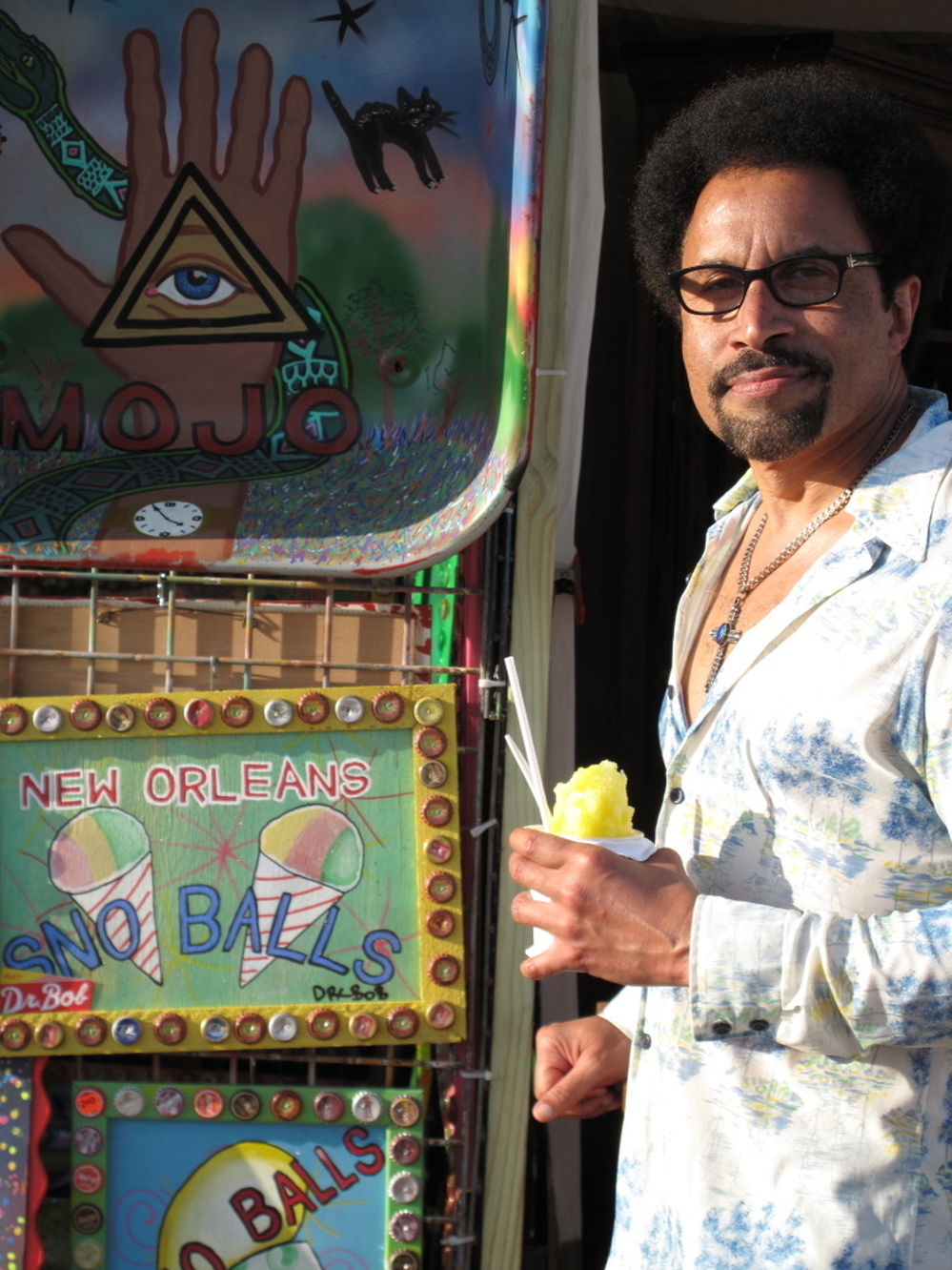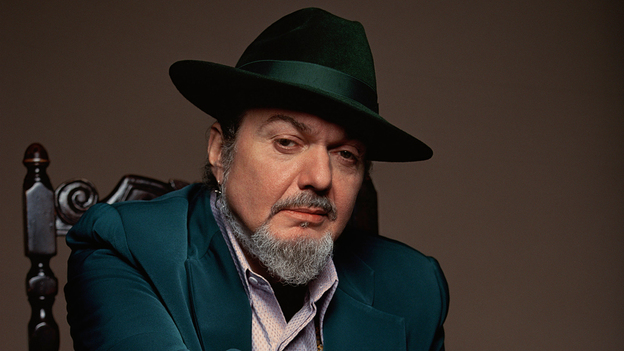Chris Graythen/Getty Images Trumpeter Shamarr Allen, who has recorded both as a leader and sideman for Threadhead Records-funded projects, plays at the 2009 New Orleans Jazz & Heritage Festival.
The Botanical Gardens in New Orleans City Park is a small jewel hidden behind a black iron fence. Statues of flutists and fauns stand beneath dripping Spanish moss, and walkways are lined with flowers in bloom.
On April 28, the doors to the Gardens were thrown open for Threadhead Thursday, a free concert on the night before this year's New Orleans Jazz and Heritage Festival. The show featured some of Threadhead Records' top acts: Paul Sanchez, Shamarr Allen, the New Orleans Nightcrawlers, Ensemble Fatien and Alex McMurray. The event marked the arrival of the four-year-old company as one of the top record labels for New Orleans music today.
That arrival is all the more remarkable for being driven by a non-profit group of volunteers. They started as fans, basically — fans from all over the world who shared a love for New Orleans music and who met in the message boards on www.nojazzfest.com. As they sustained long online comment threads, they began to call themselves Threadheads, and made arrangements to meet in person at New Orleans' annual Jazz Fest.
But these were unusually proactive fans.
They weren't content to accept the shows that local promoters put together; they wanted to put on their own concerts. So in 2005, they hired the bands they wanted to hear and ordered the food they wanted to eat for the first annual Threadheads Party. After Katrina, the private party morphed into a fundraiser for the New Orleans Musicians' Clinic.
Having solved the problem of getting the shows they wanted to see, the Threadheads turned their attention to making the records they wanted to buy. At the 2007 party, after a knock-out set by Sanchez, a singer-songwriter, and jazz vocalist John Boutte, Threadhead Chris Joseph asked when the duo was going to release these songs on an album.
"It was an innocent question," Joseph said, chuckling at his own naiveté then about the record business. "Paul said, 'We would if we had the money.' This light bulb went off in my head, and I said, 'How much would it take?' I expected him to say $100,000, but when he said $10,000, I told him, 'I could raise that.' I knew all the Threadheads had been touched by the show, and I figured if they had enough money to go to Jazz Fest, which is not a cheap vacation, they would kick in some money for this."
It worked. The Threadheads raised enough money to make possible Boutte's Good Neighbor and Sanchez's Exit to Mystery Street, both released in 2008. Three years later, Threadhead Records has released 40 albums, including titles by Susan Cowsill (of the Continental Drifters and Cowsills), Glen David Andrews (of Trombone Shorty's Andrews family) and the Honey Island Swamp Band.
Read the rest of the story HERE.

























